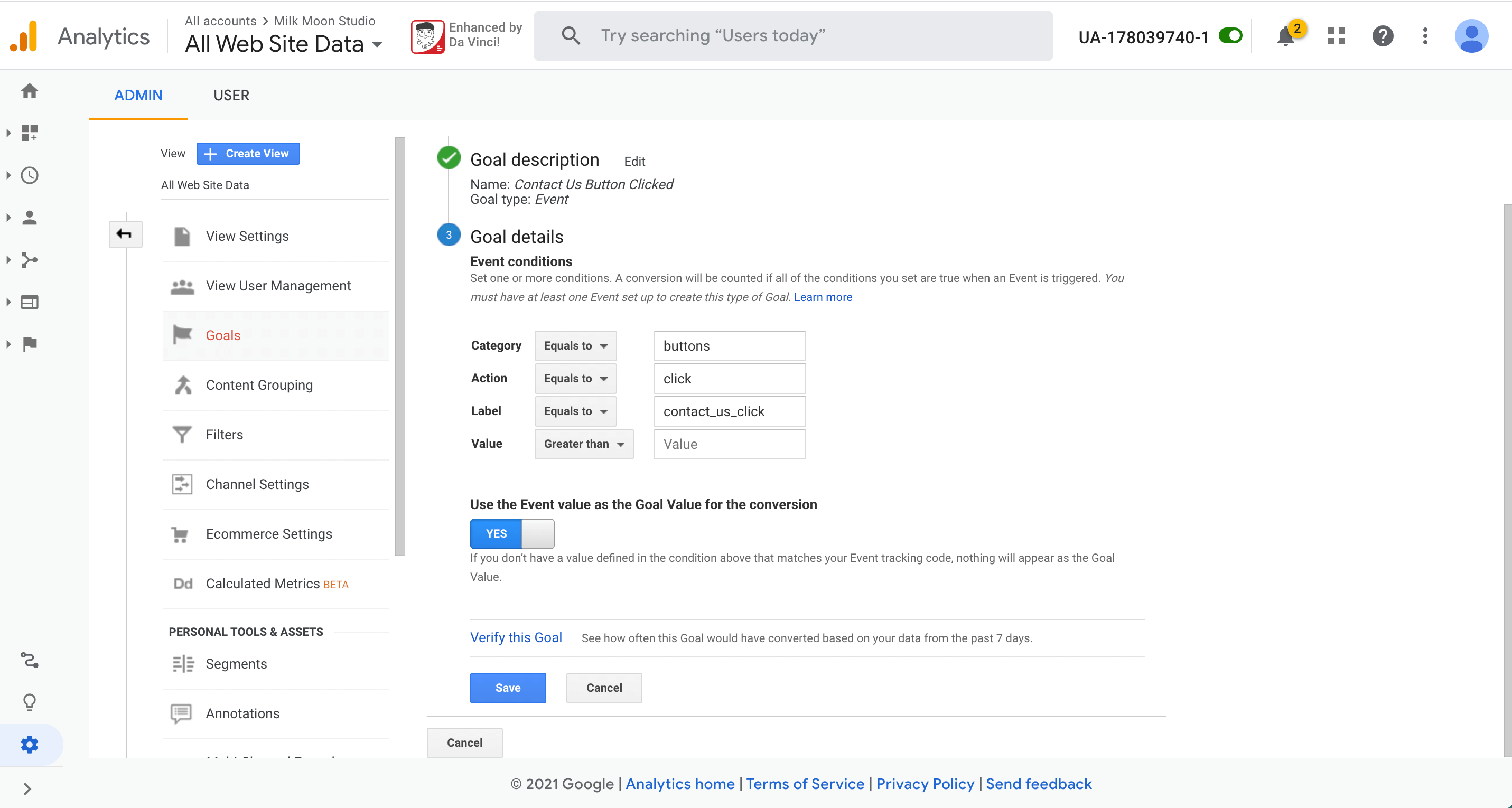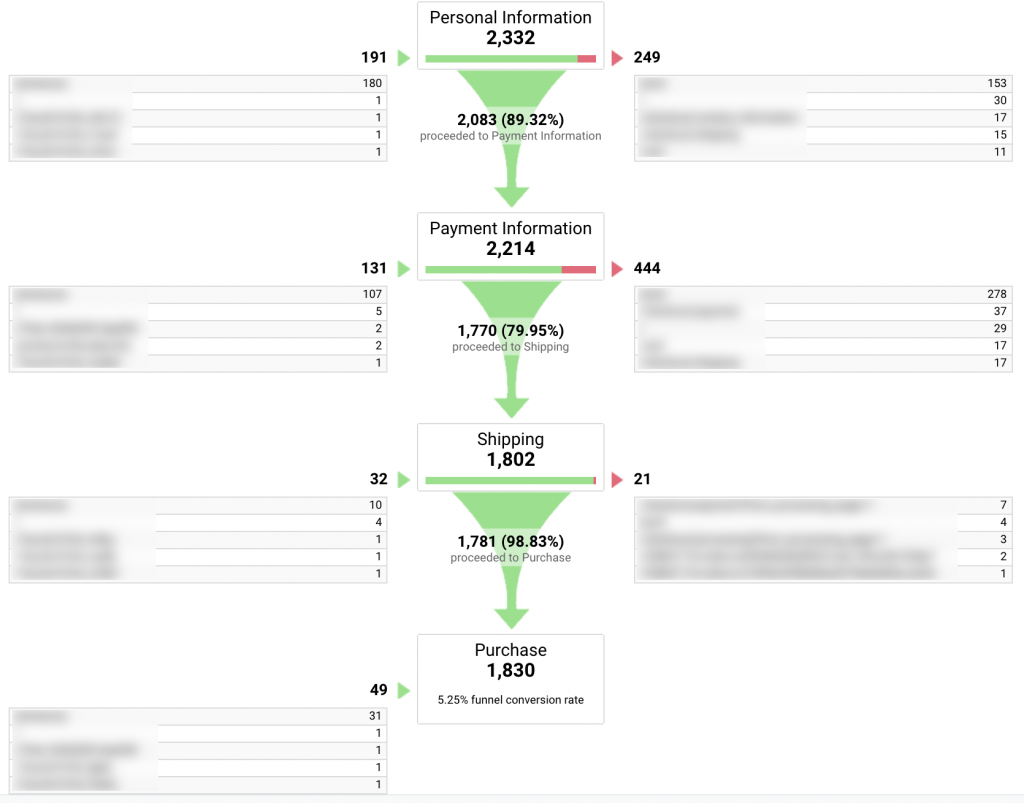What Data Is Google Analytics Goals Unable to Track: Discover the Limitations
What Data Is Google Analytics Goals Unable to Track: Discover the Limitations
Blog Article
Discover the Limitations of Google Analytics Goals: Introducing the Data Kind That Remain Untrackable
As services significantly depend on data-driven decision-making, comprehending the restrictions of devices like Google Analytics ends up being extremely important. While Google Analytics Goals deal useful understandings into individual communications, there exist data types that avoid monitoring, posing difficulties to a comprehensive understanding of customer behavior. These untrackable data types question concerning the precision and completeness of the analytics data that companies heavily trust for their digital approaches. Interested to uncover the hidden blind spots in your information evaluation process?
Incomplete Customer Trip Tracking
Insufficient customer journey tracking within Google Analytics can impede the capacity to precisely analyze customer behavior. When the customer journey is not completely tracked, there are voids in the data that stop a comprehensive understanding of how individuals connect with a web site. This absence of insight can lead to missed out on possibilities for optimization and enhancements to the user experience.
One usual problem with incomplete individual journey monitoring is the lack of ability to see the full course that individuals take before completing a goal or leaving the site. Without this information, it is challenging to determine where customers might be experiencing barriers or friction points that prevent them from converting. Furthermore, incomplete tracking can cover the impact of certain marketing initiatives or website changes on user behavior.
To address this constraint, it is crucial to establish appropriate tracking mechanisms within Google Analytics to record the entire individual journey. This might entail establishing up occasion monitoring, goal funnels, or making use of tools like Google Tag Supervisor to ensure that no vital communications go unrecorded. By obtaining a detailed sight of the user journey, internet site owners can make more educated choices to boost user engagement and drive conversions.
Attribution Challenges
Browsing via attribution challenges in Google Analytics requires a thorough understanding of how different touchpoints add to the overall conversion process. Acknowledgment obstacles occur from the intricacy of contemporary client trips, where customers communicate with numerous channels prior to transforming.
One typical attribution difficulty is the difficulty in connecting conversions to the correct source, particularly in cases where individuals engage with numerous channels prior to converting. Additionally, cross-device tracking positions one more acknowledgment difficulty, as individuals often change between tools during their trip, making it challenging to track their interactions seamlessly.
Offline Conversions
Given the challenges related to associating conversions accurately in online channels, the measurement of offline conversions offers a considerable chance for marketing professionals looking for a more comprehensive understanding of their consumers' journey. Offline conversions refer to activities that consumers absorb the real world, such as making purchases in brick-and-mortar shops or over the phone, going to occasions, or engaging with published materials - what data is google analytics goals unable to track. These conversions are vital for organizations that run both online and offline, as they offer valuable understandings into the performance of advertising and marketing campaigns throughout various touchpoints
Tracking offline conversions generally postured a considerable challenge for marketing professionals, Visit Your URL as it was challenging to connect these actions back to certain online interactions properly. However, with improvements in modern technology, such as the assimilation of CRM systems, distinct identifiers, and promo code codes, businesses can now bridge the gap in between online and offline data to get a more holistic sight of client habits. By efficiently measuring offline conversions, marketing professionals can optimize their methods, allot sources more efficiently, and ultimately improve the overall customer experience.
Cross-Device Tracking
Cross-device tracking plays a vital function in understanding the interconnected nature of consumers' electronic interactions across multiple devices. In today's omnichannel globe, where individuals perfectly switch over in between tablets, desktop computers, and smartphones, tracking their actions across these gadgets is essential for marketing professionals to obtain a detailed view of their customer trip.

Additionally, personal privacy problems and regulations such as GDPR and CCPA have additionally complicated cross-device tracking. With individuals demanding more control over their information and boosted constraints on tracking modern technologies, marketing professionals should discover privacy-compliant and innovative methods to attach individual interactions throughout devices.
Dynamic Web Content Engagement
Recognizing individual engagement with vibrant material is pivotal in maximizing electronic advertising and marketing strategies for boosted audience communication. Dynamic material describes website components that transform based upon customer behavior, preferences, or various other factors, using a personalized experience. Tracking customer communications with dynamic material postures obstacles for typical analytics devices like Google Analytics.
While Google Analytics can track standard communications like clicks and page views, it might have a hard time to catch even more nuanced engagements within vibrant web content. what data is google analytics goals unable to track. Metrics such as time invested in details dynamic elements, float activities, or communications within pop-ups are frequently not quickly measurable making use of typical tracking techniques. This constraint impedes marketers' ability to fully understand exactly how users are engaging with dynamic content and customize their approaches appropriately

Final Thought
To conclude, Google Analytics goals have limitations in tracking incomplete customer journeys, attributing conversions precisely, recording offline conversions, tracking cross-device communications, and gauging dynamic web content engagement. These constraints highlight the relevance of discovering extra tracking techniques and devices to gain a much more extensive understanding of user behavior and conversions beyond what Google Analytics can provide.
While Google Analytics Goals offer useful understandings right into customer communications, there exist information kinds that elude monitoring, posturing obstacles to a comprehensive understanding of customer habits.Insufficient customer trip monitoring within Google Analytics can impede the capability to precisely evaluate user actions. When the user journey is not fully tracked, there are spaces in the data that avoid a thorough understanding of how customers engage with a web site.One typical problem with insufficient customer trip tracking is the failure to see the full path that individuals take in the past finishing a goal or leaving the website. By getting a detailed view of the customer trip, site proprietors can make even more enlightened choices to improve customer involvement why not find out more and drive conversions.
Report this page